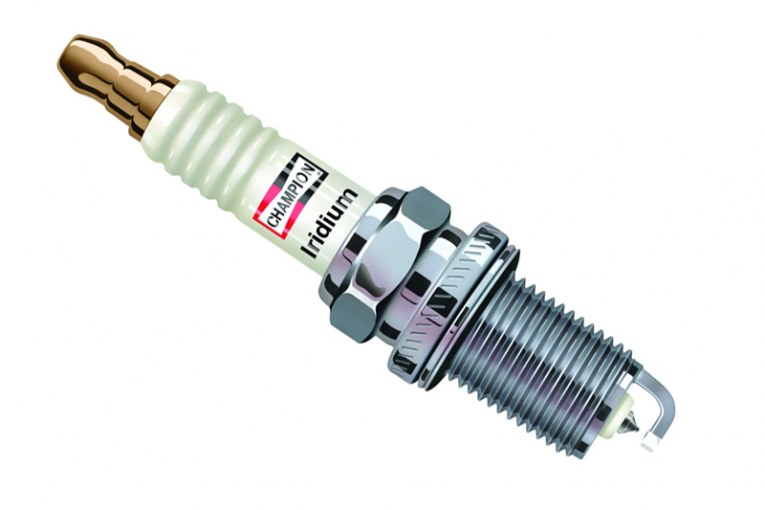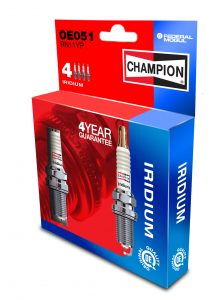
Worn spark plugs can cause a range of running issues, but knowing what to look for can also help diagnose problems elsewhere in fuel delivery and ignition systems. PMM spoke with ignition specialist, Champion, to get the lowdown on identifying common problems and recognising symptoms.
“Worn, incorrectly gapped or poorly fitted spark plugs can give running issues symptomatic of much more expensive problems – without an efficient spark any internal combustion engine will be struggling, and we can learn so much from the condition of a vehicle’s plugs,” explains Federal-Mogul Regional Marketing Manager, Jonathan Allen. “Good condition, OE-quality plugs are a vital part of the combustion cycle, yet what they’re trying to tell us about the condition of our engine is so often ignored, or glossed over with the fitting of some shiny new plugs as a quick-fix for poor running.”
 What we’re looking for, Allen tells us, is a nice greyish white or yellow coloured insulator base, which is a sign that the engine is in good health with appropriate ignition settings. A sooty deposit, for example, suggests an engine is running too rich and gives a clear indicator of things we can check: mixture settings, defective cold start systems, temperature or lambda sensors, the plug’s thermal rating is too high or that the car is only used for numerous short journeys. Always ask the customer how they normally use the vehicle before jumping to conclusions.
What we’re looking for, Allen tells us, is a nice greyish white or yellow coloured insulator base, which is a sign that the engine is in good health with appropriate ignition settings. A sooty deposit, for example, suggests an engine is running too rich and gives a clear indicator of things we can check: mixture settings, defective cold start systems, temperature or lambda sensors, the plug’s thermal rating is too high or that the car is only used for numerous short journeys. Always ask the customer how they normally use the vehicle before jumping to conclusions.
Plug condition can also be an indicator of potential engine trouble before it develops. An oily residue, for example, is a sign that excess oil is present during ignition, possibly caused by the oil level being too high, or a symptom of worn piston rings, cylinders or valve guides.
Melting of either the ground or central electrode can be an indicator that the spark plug is too hot, the air fuel mixture is excessively lean, incorrect ignition advance, a defective exhaust re-circulation system, faulty detonation sensor or a cross induction in the spark plug leads. In extreme cases, it can result in engine damage.
The presence of black burn marks (carbon tracks) running vertically down the spark plug insulator toward the shell are caused by current discharge from the top terminal down the outside of the insulator to earth. This is due to a poor fitting or worn spark plug boot and will cause engine misfires. It can be remedied by replacing the affected spark plugs.
A broken insulator tip, brittle spark plug connector, stains, fouling and wear can all provide vital clues as to the condition and running characteristics of the engine.









